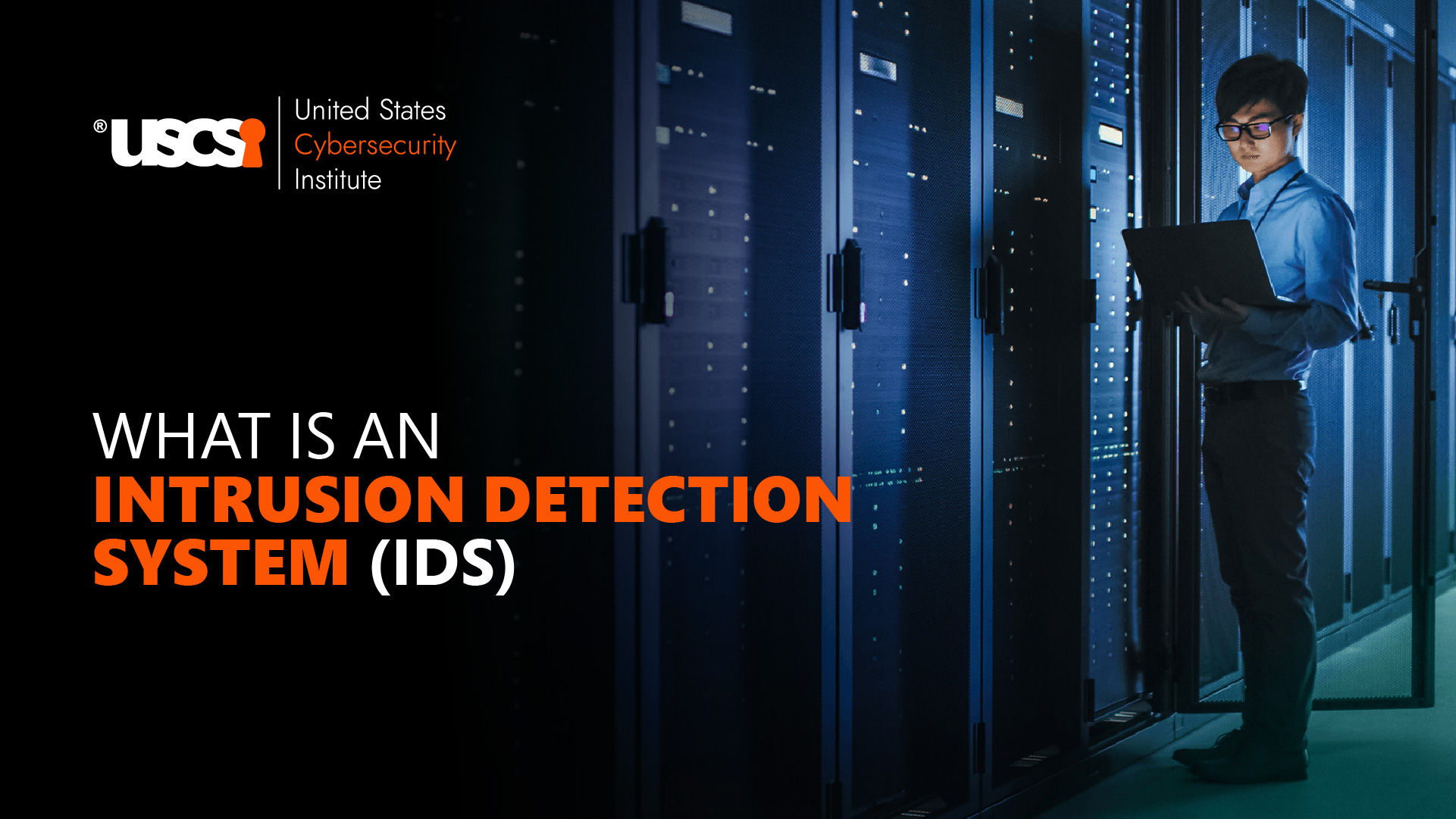

Protect Your Network: The Ultimate Guide to Intrusion Detection Systems
The Internet, even today, is not unlike the Wild West, where hackers roam free. But fear not! We have the perfect antidote to your woes: Intrusion Detection Systems. IDSs are like those silent sentinels that form the moat around your precious organization data and the hordes of cybercriminals, invisible in the world, within their own shadow world, looking for even the slightest vulnerability in your Organization Network Security.
WHAT? HOW DOES IT WORK FOR ME?
Not unlike our favourite unsung superheroes work tirelessly to keep our networks safe, imagine a private detective hired by your company to secure its data. It never sleeps, always on the lookout for signs of criminal activity. Same is the case with an IDS, monitoring network traffic, analyzing data packets, and sniffing out any potential breach. IDSs are of two kinds: Network based and host based.
These both work in tandem with each other for you, flagging any alarm if it detects malicious behaviour. Together they form a robust security strategy that keeps your data and applications safe.
OK, what does an IDS Comprise?
IDSs need components to help them in their tasks, not unlike your typical sheriff who has a host of rangers looking out for him when required. In IDS terms, these include:
Firewalls – They block access to sensitive data not unlike a bank safe.
Encryption – Scrambling of data into encrypted codes and keys.
Access Control – Ensuring only the relevant guards are allowed in your kingdom
And, just like a sheriff needs a posse, you'll need a team of cybersecurity experts to keep your network safe. That's where Cybersecurity professionals come into play.
And How Does It Work?
To understand how Intrusion Detection Systems work, let’s simplify the inner mechanisms and what exactly it does:
Observation: The IDS constantly monitors network traffic, much like a guard dog patrolling its territory.
Analysis: It analyzes this traffic against known patterns of suspicious behavior, similar to how a dog might react to unfamiliar scents.
Detection: When something unusual is detected, the IDS raises an alert, just as a dog would bark at an intruder.
Response: Depending on its configuration, the IDS might take automated actions to block the threat, akin to a guard dog attacking an intruder.
However, unlike our canine counterparts, intrusion detection systems don’t need treats to stay motivated. In the grand theater of cybersecurity, IDS does play a crucial role, but its not the lone wolf, It’s a part of a larger defense systems that comprise several components:
The IDSs of Today
The IDSs of Today are not mere soldiers, they are more of a special forces unit in an army. Their arsenal comprise advanced algorithms and machine to respond to threats in real-time. They process enormous amount of data, separating the wheat from the so-called chaff to identify genuine threats.
This evolution has given rise to special types of IDSs
Network-based IDS (NIDS): These systems monitor traffic on entire networks, like a satellite monitoring global weather patterns.
Host-based IDS (HIDS): These focus on individual devices, more like a personal bodyguard for each computer or server.
Signature-based IDS: These systems look for specific patterns known to be associated with attacks, similar to how our immune system recognizes specific pathogens.
Anomaly-based IDS: These look for deviations from normal behavior, like a detective noticing when something seems "off" in a familiar neighborhood.
Hybrid IDS: As the name suggests, these combine multiple detection methods for more comprehensive protection.
The Need For Cybersecurity Talent
As technology continues to advance, so too will the tools and methodologies used by cybercriminals. But the good news is that while the threats are evolving, so are the defenses. The next generation of Intrusion Detection Systems may already be on the horizon, using AI/ML to detect threats more accurately and respond to them faster.
But with this progress comes the need for cybersecurity professionals who can harness the power of this new technology. The demand for cybersecurity experts is only going to grow, and understanding how Intrusion Detection Systems work will be a key part of the skillset required for many cybersecurity jobs.
Now, you might be thinking, “All this sounds fine and dandy, but who is actually behind these digital defenses?” The answer is the unsung heroes of the digital world: Cybersecurity Experts. These digital warriors stand in constant guard of most of our digital world, mostly. There are multiple opportunities if you have the determination like Cybersecurity Analyst, Pen-testers, Security Architect, Incident response specialist, and Chief Information Security Officer (CISO).
There is not a shred of doubt that the demand for these roles is skyrocketing. With more and more digitization in almost every aspect of our lives, the need for skilled security experts is, parallelly, growing exponentially.
What Lies in the Future of IDS?
Peering into the crytal ball of technology advancements, we ask ourselves: what does the future look like for IDSs and cybersecurity as a whole?
The rise of AI and Machine learning is revolutionizing the field of intrusion detection. But the arsenal is in the hands of both sides. As AI/ML continue to detect and prevent threats in real time, IDSs are also becoming extremely sophisticated, like digital organisms, capable of detecting, adapting and evolving to create even new threats. In the midst of all this the rise of quantum computing looms over the horizon. Futurists are wondering what capabilities and shortcomings they will bring, and how we will raise the bar to challenge then. Till then, Professionally Certified Cybersecurity Experts remain our guardian angels, shielding us from these threats.





